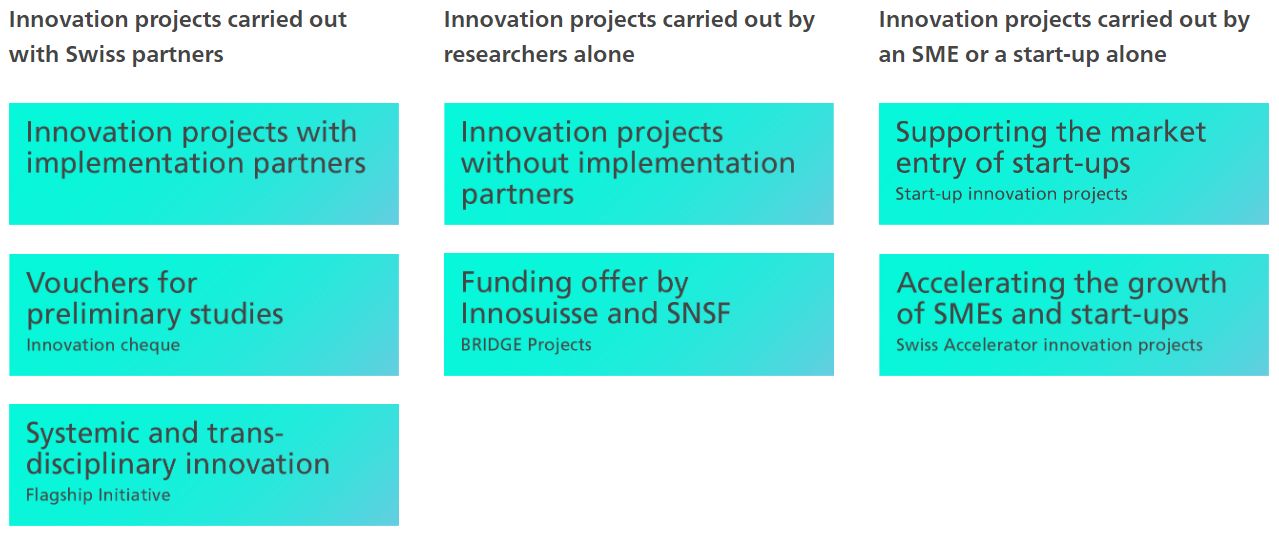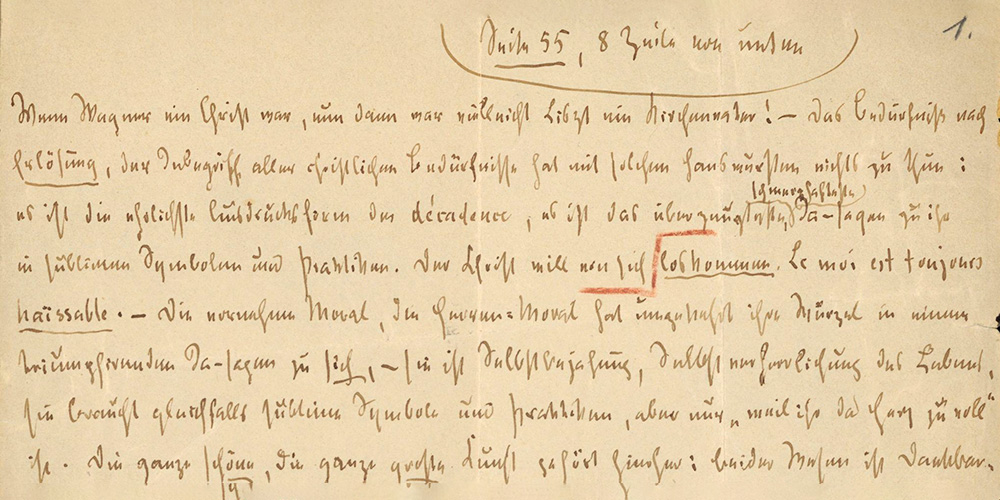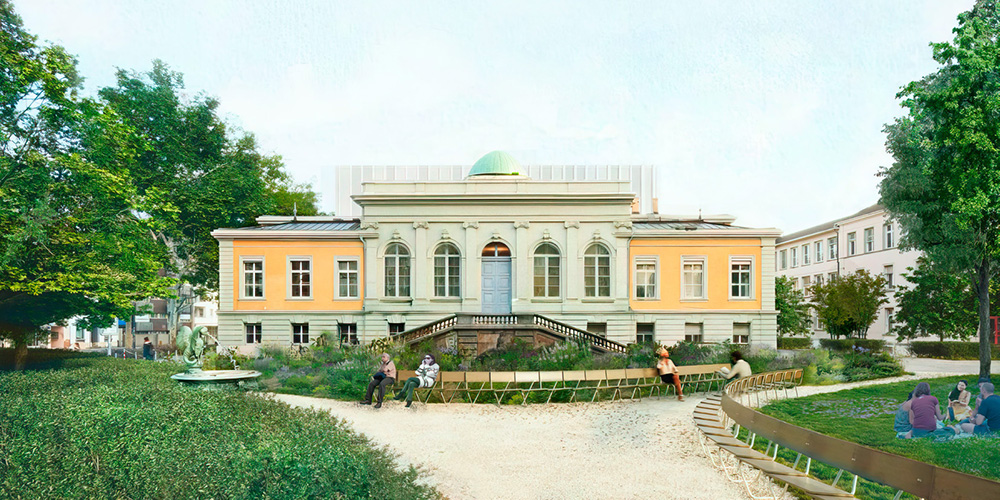Funding opportunities for innovative ideas: What can Innosuisse offer?

Innosuisse offers several instruments that are adapted to innovation at different stage, from very early in the lab to developing an independent company. A recent article indicated how, in collaboration with the SNSF instruments, it contributes to facilitating the creation of start-ups in Switzerland. For researchers at the University of Basel, it is an interesting funding body for more applied research in all disciplines at all levels of seniority. The diversity of instruments means that many research and innovation stages can be promoted, at the national or international level.
National Instruments
Innovation projects with or without implementation partners (Bottom-up, Ongoing submission, No limit but usually 6-36 months, No limit but rarely more than 2 million, Covers 100% costs)
This instrument is there to fund science-based innovation projects conducted by a research partner in any subject area, with or without an industrial partner as a collaborator. The idea is to develop a new idea with great market potential. If a partner for the implementation is present, it is also possible to develop new types of products, services, or processes together.
Flagship initiatives (Top-down, Next call in 2024, No limit but usually 3-4 years, No fixed amount, Covers 100% costs)
These are large transdisciplinary projects in areas relevant to a large part of the economy or society. The flagship projects should help solve current or future challenges as defined by the call topics through innovation. It is made up of a consortium that should also include several stakeholders from society and economy to bring new solutions and business models for the identified challenges.
BRIDGE projects: Proof of concept (Bottom-up, Ongoing submission, 12 months, 130 000 CHF, Covers 100% costs of own salary and project expenses)
This is an instrument offered by Innosuisse in collaboration with SNSF and is aimed at early career researchers (from bachelor to PhD level). This should enable the first step to transform early research results into products or services while staying within the university.
BRIDGE projects: Discovery (Bottom-up, Ongoing submission, 48 months, 850 000 CHF, Covers 100% costs of employees’ salaries and project expenses, but not own salary)
This funding is aimed at experienced researchers. The duration of the project should allow them to develop an innovative idea at the university before moving into an implementation phase (e.g. spin-off).
Innocheque (Spin-off/start-up, Bottom-up, Ongoing submission, 6-12 months, 15 000 CHF, Covers 100% costs)
This should help to assess the viability of an innovation concept in collaboration with a spin-off/start-up. The Innocheque enables you to run an idea study and analyze the innovation and market potential between a Swiss research partner and a start-up.
International Instruments
Eurostars (SME led, Bottom-up, 36 Months, No fixed amount, Covers 50% costs)
In cooperation with an SME, you can participate in developing a product or service and in bringing it to the market. The Eurostars program helps SMEs and also promotes cooperation with partners from 33 European countries, as well as Canada, South Africa, and South Korea, across all thematic areas.
Bilateral cooperation (Mostly top-down, Next call in 2024, duration & amount variable, usually covers 100% costs for research partners).
These are specific calls that offer the opportunity to develop and co-financed bilateral, science-based innovation projects. Bilateral calls are launched annually. Innosuisse organizes matchmaking opportunities, networking events, and calls for proposals with its strategic partner agencies in the respective countries (Brazil, Canada, Israel, South Korea, Sweden, United Kingdom).
EU partnerships: projects in thematic area
With other European funding agencies and the European Commission, Innosuisse promotes cooperation at the international level between innovative companies and organizastions, end users, and civil society to solve major thematic challenges: Transforming Health and Care Systems, Driving Urban Transitions, Key Digial Technology.
Projects at the University of Basel
Here are examples of current and previous Innosuisse projects from researchers at the University of Basel and the FHNW.
Innovation project with implementation partner: “Workforce Scheduling Problems: Combinatorial Optimization Meets Machine Learning”, Prof. Dr. Malte Helmert
The creation and management of employee shift schedules is complex and time-consuming. Due to technological limitations, it is difficult to make automated scheduling systems usable at scale. Traditional auto-scheduling systems are slow to run, and their results are brittle, difficult to adapt to the frequent unplanned changes in the real world.
In this project, a two-mode auto-scheduling system is developed: a “batch mode” for generating initial full schedules much faster; and a “real time mode” to instantly recommend changes to an existing schedule. This requires the use of machine learning, alone and with established combinatorial optimization techniques.
Innovation project without implementation partner: “The human blood-labyrinth barrier organ on a chip platform: a unique in vitro tool that enables the development of TOP-drugs against hearing loss”, PD Dr. Vesna Petkovic
Hearing loss, a prominent global disability, often results from inner ear hair cell damage. Existing drug discovery models have limited success due to inter-species differences in inner ear anatomy. The blood-labyrinth barrier (BLB), crucial for hearing, regulates cochlear exchanges. In this project, researchers have developed a micro-engineered human BLB model on a chip using progenitor cells from adult temporal bones. This innovative system effectively mimics the BLB's integrity and permeability and should provide a reliable model for the development of hearing loss treatments.
Bridge - Proof of Concept: “Integrating Automated EEG Analysis & Standardized Reporting in Clinical Diagnostics & Longitudinal Monitoring”, Sebastian Mathias Keller
The project aimed at supporting doctors in the diagnosis and therapy of patients with neurodegenerative diseases suffering from e.g. Alzheimer's disease. This was done by developing a cloud-based platform for quantitative analysis of brainwave measurements was developed, designed for clinical practice and medically certified. A prototype of a mobile brainwave measurement device was also developed and integrated into the cloud-based platform.
Bridge - Proof of Concept: “The Multiphonic Possibilities of Cello Strings: from Theoretical Investigation to Musical Practice”, Prof. Dr. Ellen Harriet Fallowfield, FHNW
The project aims to develop a new methodology regarding cello multiphonics devised in a previous study. A smartphone application will bridge the gap between theory and musical practice. impacting the composition and performance of music, the tools that amateur and professional musicians use to learn instrumental techniques, and the physical understanding of stringed instruments. The proposed smartphone application should appeal to professional, student, and amateur cellists of all genres by creating a practical, user-friendly interface and composing short etudes in different musical styles, including pedagogical etudes for young cellists.




